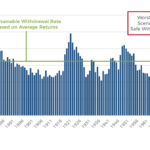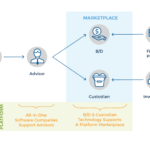Playing phone tag and e-mailing back and forth to find the best meeting time for you and your existing or prospective clients eats into otherwise productive time, and can be frustrating for both parties. By implementing a meeting scheduling software solution in your practice, you can reduce some of the headache by automatically giving the client a list of available times drawn from your calendar, and allowing them to pick (and immediately book) a time that works best for both of you!
In this guest post, Dan Kellermeyer, President of New Heights Solutions, LLC, a practice management and technology consulting firm for financial advisors, provides an overview of the leading online scheduling tools for financial advisors, including Calendly, ScheduleOnce, Acuity Scheduling, TimeTrade, Bookafy, and YouCanBook.Me.
Along with highlighting the features of each of the tools, Dan shares his insight on the relevant factors to consider when looking for the right solution for your individual practice – from unique features and available integrations, to ease-of-use for the client, the company’s customer support, and of course, pricing.
And so, whether you’re looking to add a little more efficiency to your practice by cutting down on the hassle of back-and-forth meeting scheduling, improving your “digital experience” for clients, or are already using online scheduling software but looking to switch to an alternative, then hopefully you’ll find this guest post helpful!








 Welcome back to the twentieth episode of the Financial Advisor Success podcast!
Welcome back to the twentieth episode of the Financial Advisor Success podcast!

